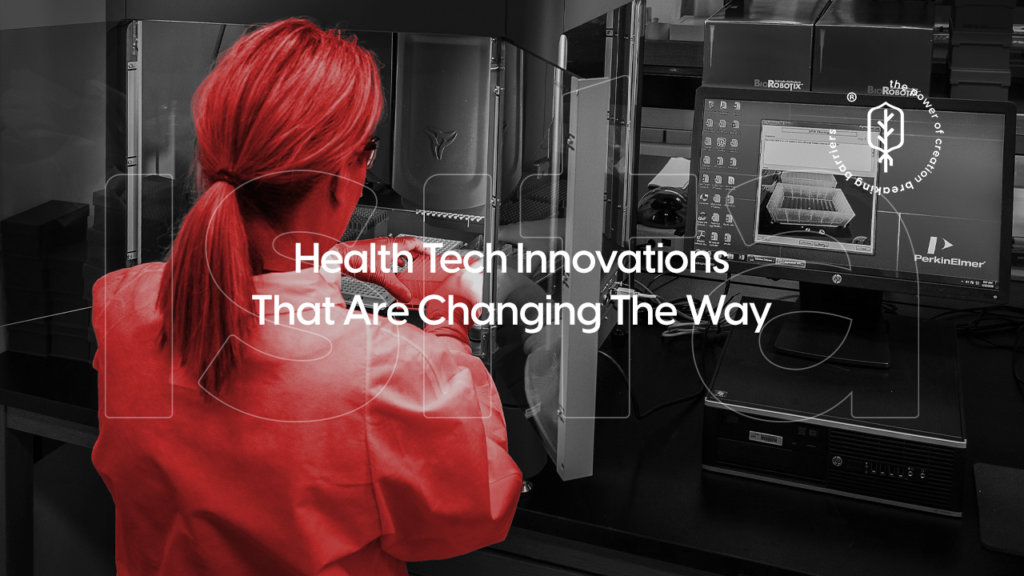Maximizing tech team productivity is a cornerstone of organizational success. Efficient and high-performing tech teams drive innovation, accelerate project delivery, and contribute significantly to overall business objectives. This article delves into practical strategies, tools, and best practices to elevate your tech team’s performance.
Introduction to Maximizing Tech Team Productivity
In today’s fast-paced digital landscape, tech teams face increasing pressure to deliver high-quality solutions rapidly.
To thrive in this environment, it’s crucial to optimize workflows, harness the potential of team members, and leverage the right tools. By implementing effective productivity strategies, tech teams can enhance their efficiency, reduce burnout, and deliver exceptional results.
Tips for Effective Task Prioritization and Time Management
Understanding and Setting Priorities
- Define Clear Goals and Priorities: Establish well-defined project objectives and break them down into actionable tasks. Prioritize tasks based on their impact on overall goals and deadlines. Clearly communicate these priorities to the team to ensure alignment and focus.
- The 80/20 Rule (Pareto Principle): Often, 80% of the results come from 20% of the effort. Identify the most critical tasks that contribute significantly to project success and allocate your resources accordingly.
- Prioritization Matrices: Use tools like the Eisenhower Matrix to categorize tasks based on urgency and importance. This helps in differentiating between tasks that require immediate attention, those that can be scheduled, delegated, or eliminated.
Time Management Strategies
- Time Blocking: Allocate specific time blocks for different types of tasks, such as coding, meetings, and focused work. This technique helps minimize distractions and improves concentration. Consider incorporating “deep work” blocks for uninterrupted, focused tasks.
- Time Tracking: Monitor how you spend your time to identify time-wasting activities and areas for improvement. Tools like time tracking software can provide valuable insights.
- Leverage Time Management Techniques: Explore various time management methods like the Pomodoro Technique (working in focused 25-minute intervals with short breaks), the ABCDE method (prioritizing tasks based on importance), or the Eat the Frog technique (tackling the most challenging task first).
- Regular Task Evaluation: Continuously assess task importance and adjust priorities as needed. Be flexible and willing to adapt to changing circumstances. Avoid task overload by regularly reviewing your to-do list and delegating or eliminating tasks when possible.
Overcoming Procrastination and Building Focus
- Identify Procrastination Triggers: Understand what causes you to procrastinate and develop strategies to overcome those obstacles.
- Break Down Large Tasks: Large tasks can be overwhelming. Break them down into smaller, more manageable subtasks to make them less daunting.
- Create a Conducive Work Environment: Minimize distractions by creating a focused workspace and using tools like noise-canceling headphones or website blockers.
- Reward System: Implement a reward system to motivate yourself to complete tasks. Celebrate small wins and acknowledge your accomplishments.
By combining these strategies and finding the techniques that work best for you, you can significantly enhance your task prioritization and time management skills, leading to increased productivity and reduced stress.
Strategies for Fostering Collaboration and Communication
- Establish Clear Communication Channels: Utilize collaboration platforms and tools that facilitate efficient communication and information sharing.
- Encourage Open Dialogue: Create a culture of open communication where team members feel comfortable sharing ideas, concerns, and feedback.
- Promote Teamwork and Knowledge Sharing: Foster a collaborative environment through pair programming, code reviews, and knowledge-sharing sessions.
- Build Strong Relationships: Encourage team bonding activities and social interactions to strengthen relationships and improve collaboration.
Tools and Technologies for Improving Productivity
The right tools and technologies can significantly amplify a tech team’s productivity. Here are some key areas to consider:
Project Management Software
- Streamline Workflows: Implement tools like Trello, Asana, or Jira to visualize tasks, dependencies, and progress.
- Enhance Collaboration: Facilitate real-time communication and collaboration through features like task assignments, comments, and notifications.
- Track Progress: Monitor project timelines, milestones, and resource allocation to ensure timely delivery.
Automation
- Identify Repetitive Tasks: Analyze workflows to pinpoint tasks that can be automated, such as data entry, report generation, or testing.
- Leverage Automation Tools: Utilize tools like RPA (Robotic Process Automation) or workflow automation platforms to streamline processes.
- Integrate with Existing Systems: Connect automation tools with other software to create seamless workflows.
Collaboration Platforms
- Real-time Communication: Utilize platforms like Slack, Microsoft Teams, or Google Workspace for instant messaging, file sharing, and video conferencing.
- Virtual Collaboration: Facilitate remote teamwork with features like screen sharing, online whiteboarding, and virtual meeting rooms.
- Knowledge Sharing: Create centralized repositories for documentation, code snippets, and best practices.
Developer Tools
- Code Editors and IDEs: Provide developers with powerful code editors like Visual Studio Code, IntelliJ IDEA, or PyCharm to enhance coding efficiency.
- Version Control Systems: Implement Git or SVN to manage code changes, collaborate effectively, and prevent conflicts.
- Debugging Tools: Equip developers with debuggers to identify and fix code errors efficiently.
- Continuous Integration and Continuous Delivery (CI/CD): Automate build, testing, and deployment processes to accelerate software delivery.
Knowledge Management Systems
- Centralized Repository: Create a knowledge base to store information, documentation, and best practices.
- Search Functionality: Enable easy access to information through a robust search function.
- Collaboration Features: Allow team members to contribute to and update the knowledge base.
Cloud-Based Solutions
- Scalability: Leverage cloud platforms to accommodate fluctuating workloads and growing team sizes.
- Accessibility: Enable remote access to tools and data from anywhere with an internet connection.
- Cost-Efficiency: Benefit from pay-as-you-go pricing models and avoid upfront infrastructure costs.
Monitoring and Analytics Tools
- Performance Tracking: Use tools to monitor system performance, identify bottlenecks, and optimize resource utilization.
- User Behavior Analysis: Gain insights into user interactions to improve product design and user experience.
- Data-Driven Decision Making: Utilize analytics to make informed decisions about product development and resource allocation.
Conclusion: Key Takeaways for Boosting Tech Team Productivity
Maximizing tech team productivity requires a holistic approach that encompasses task prioritization, effective communication, collaboration, and the right tools. By implementing the strategies outlined in this article, tech teams can significantly enhance their efficiency, deliver projects on time and within budget, and drive innovation.
Remember, productivity is not solely about working harder but working smarter. By fostering a culture of continuous improvement and empowering team members, organizations can unlock the full potential of their tech teams.
Additional Tips:
- Offer flexible work arrangements to accommodate different work styles and improve work-life balance.
- Provide opportunities for professional development and skill enhancement.
- Measure productivity metrics to track improvement and identify areas for optimization.
- Encourage a healthy work-life balance to prevent burnout and maintain team morale.
By combining these tips with tailored approaches based on specific team dynamics and organizational goals, tech teams can achieve remarkable productivity gains and drive business success.



